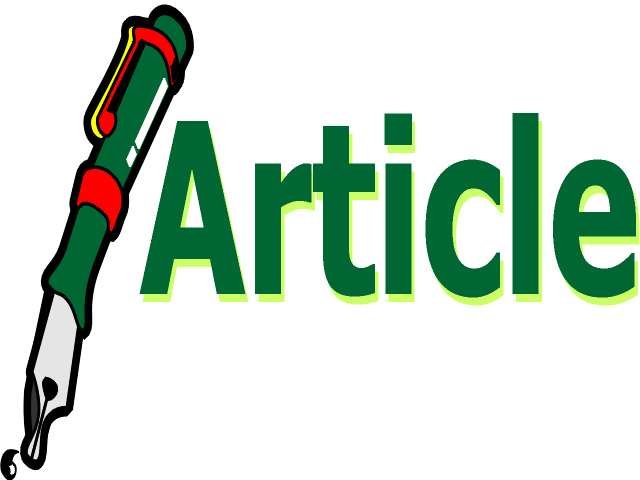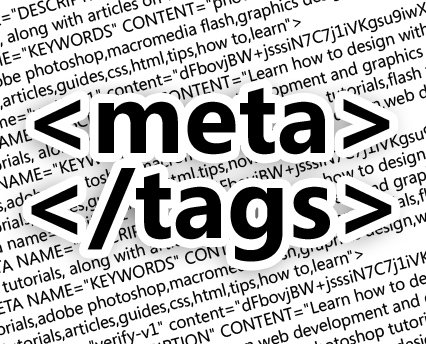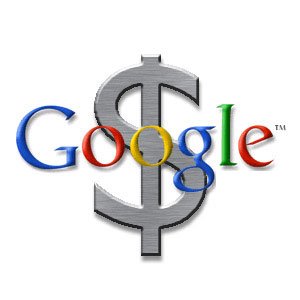Do you want your post to be implicit easily by search engines?
Do you want to formulate it easier to implicit which keyword your website or blog should #rank for, by the search engines?
If Yes?
You are in the right place Ourple. Within this post we are going to know about the clandestine of making your website and blog posts keyword beleaguered and how to get your website in top first page in the search engine using an Effective SEO Techniques in a uncomplicated and detailed approach.
On page and off page optimization-> These are the two main factors that are most important to optimize any website or blog. First let’s have a look about on page Optimization.

First of all you have to know that on page SEO optimization is totally different from on site optimization. In on-page we optimize the content for our targeted keywords. Using of appropriate keywords, headings, quality of the content and many more factors are incorporated in it. Have a detailed look of each factor one by one.
Importance And Why You Need On Page Optimization
When you publish a post and if it has not reached the first page in the search engine, do you ever analyzed the reasons or mistake that is made? As we all know that the Search engines are a set of algorithms which looks into the different factors to rank your page for the targeted and related keywords.
- Top On Page SEO Factors
Now let’s have a look on some of the most important On Page SEO factors for blogs and websites which will help you to rank first page in search engines.
- Post Title
The most important on page factor which really have a major role is the post/page title. It describes whether posts will be doing well on search engines or not. Towards the beginning of title tag we should have a targeted keyword. Do not replicate the sake keywords, so that you can get better rankings on search engines. Title characters are also very important it should be approx 65 characters with spaces.
- Post Permalink Structure
Optimized URL Structure is very important for SEO to get ranked well. Have the targeted keyword towards the beginning of the post URL. Not to use special characters, brackets, symbols, commas etc in your URL Structure. Use alphabets and numeric from 0 – 9 in your URL structure, and to distinguish two strings in URL structure you have use dashes and always use hyphens (-) in URLs not underscore (_). Make sure you follow a pretty permalink instead of some random strings in your permalink URL Structure.
- Heading Tags
Use H1 tag for the post title, and h2, h3, h4 etc to highlight various subheadings and important points. Repeating h2 or h3 tags too many times will be taken as negative SEO practice. As per standard you can use H1 tag once in a page and H2-h3 can be used approx 4 times.
- Keyword Density
1.5 % with mix of LSI keywords should be the keyword density. Use you keyword in the first paragraph if possible and then in the last paragraph apart from regular use in the post content. You should have bold, italics and underlines to highlight important phrases and keywords in your post.
- Meta Tags
Solely and relevant Meta keywords and descriptions with each of your post is very important. Use target keywords in the Meta descriptions and Meta keywords. The Meta description tag is the summary for your post. The length of the Meta description should be 160 characters including spaces. Write user friendly Meta description tags for good click through rate in search engines. However Google don’t prefer Meta keywords now.
- Image Optimization
It helps in driving huge traffic from image search. To make your post more focuses and targeted, keywords in alt text and image and image title helps a lot. Add one or more images to your posts. Use targeted keywords as a part of image name, image alt text etc. Use of images makes your post striking and interesting. Add only small size images, if you add large images it will slow down your page speed and therefore will lower down your page rankings because now a day’s website load time is measured as one of the ranking factor on Google organic search.
- Word Count per Post
Now a days we can see the post which carries minimum 700 words will look and rank higher in search engines. Write long, well researched blog posts while targeting high competitive keywords in your niche. Writing natural and related topic that covers everything in your topic would be the additional benefit.
- Content Interlinking
Link your blog to other related blog to send additional page rank and traffic to them. This will lead the readers to stay more time on your blog. Do not over do it. Use keyword rich anchor texts while your interlink to your own posts which will help in posts to perform better on Google and other search engines for their targeted anchor texts. But don’t confuse search engines with two similar posts for the same keyword.
- External Websites Linking
It would be the great idea to link out to external websites, but have to be careful in linking only to the trusted websites. Use no follow tag to avoid passing page rank and search engine rankings to bad neighbors and to know about the authority or popularity of a website. Do follow link for trusted websites. If not you can try to link with wiki article which is considered as one of the most authoritative source of info. Linking to useful resources will make your content more informative and increases the credit ability.
- Write Unique Content
Write engaging contents so that search engines love new and unique contents and will rank high in search engines. You can do this by asking some questions or you can ask their opinions on topics relating to your posts.
Things to note before Starting
- On Page SEO Checklist
- Keywords Usage
- In Title
- In permalink
- In First Paragraph
- In image alt tag
- Tweaked keywords in H2 or H3
- Bold, Italic and underline Important keywords and phrases
- External links to relevant and trusted sites
- Internal links to related articles
- Remove stop words from permalinks
- Add Multimedia’s like info graphic, slides, video etc
- Longer content length
- Compress and re size image before uploading
- Website loading speed
- Use LSI Keywords
- Meta title – less than 65 characters including spaces
- Meta description – less than 150 characters
- Use Social SEO plug-in, add image for twitter, face book
- Have social sharing buttons at the end of every posts
- Have related posts after blog posts to decrease bounce rate
- Only one h1 tag
- No repetition of h2 and h3 tag
- Keyword density should not be more than 1.25%
- Keywords in the beginning of the post title
- Use long tail keywords
- Remove dates from the posts if you are writing in the evergreen niche.
- Longer content length, better ranking
- Ask users to take action at the end of the post
- Off Page SEO Techniques
In above contents we saw how to do on page SEO techniques, addition to this performing off page optimization is also very important (50-50 importance of on-page and off-page). Here are the few off page optimization techniques that will drive you traffic and back links, leading to increase in sales.

- Creating communities in Social Media Sites
- Find relevant niche blogs for link building
- Focus on Blog Commenting
- Forum Postings
- Blog Directory Submissions
- Social Bookmarking
- Search Engine Submissions
- RSS feed Directory Submissions
- Article Directory Submissions
- Link Exchange
- Guest Posting
- Link baiting
- Answering Questions
- Guest Postings
- Video Submissions
- Photo Sharing
- Local Directory Submissions
- Press Release Submissions
- Classifieds Submissions
- Document Sharing
- Info graphic Submissions
Performing off page optimization using above method, you can get high ranking and leads for your website, but request you to do it very carefully, if you do it in a wrong way it may be considered as negative SEO practice and will lead to penalization of sites.
Want to grow your business online or need consultant contact mail at – kavmr.pandey@gmail.com.
What techniques you are using on page and off page in 2016? Please mention some of the topics if there are missed in both on page and off page for 2016!
Let’s have a discussion in the comment section below or mail me your queries at kavmr.pandey@gmail.com or pandey.rajneesh90@gmail.com, or you can also skype me at rajneesh.kumar.pandey1.
Follow me on Social media –
Follow on Facebook
Follow on Twitter
Connect on Linkedin
Follow on Pinterest
Follow on Blogger






 Ans: HTML meta tags are
usually referred as tags of page data which sits between opening and
closing head tags of a document’s HTML code. Actually these are hidden
keywords who sits in the code. These are invisible to visitors but are
visible and readable by Search Engines.
Ans: HTML meta tags are
usually referred as tags of page data which sits between opening and
closing head tags of a document’s HTML code. Actually these are hidden
keywords who sits in the code. These are invisible to visitors but are
visible and readable by Search Engines.